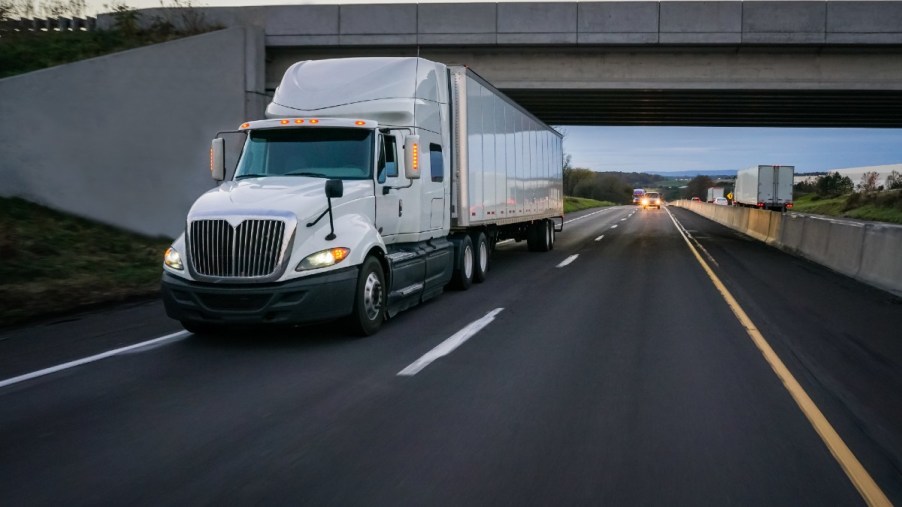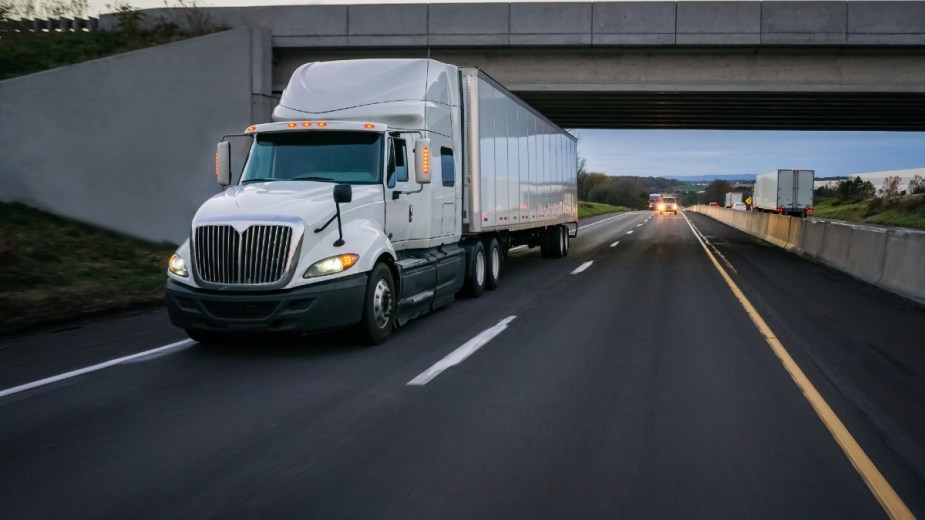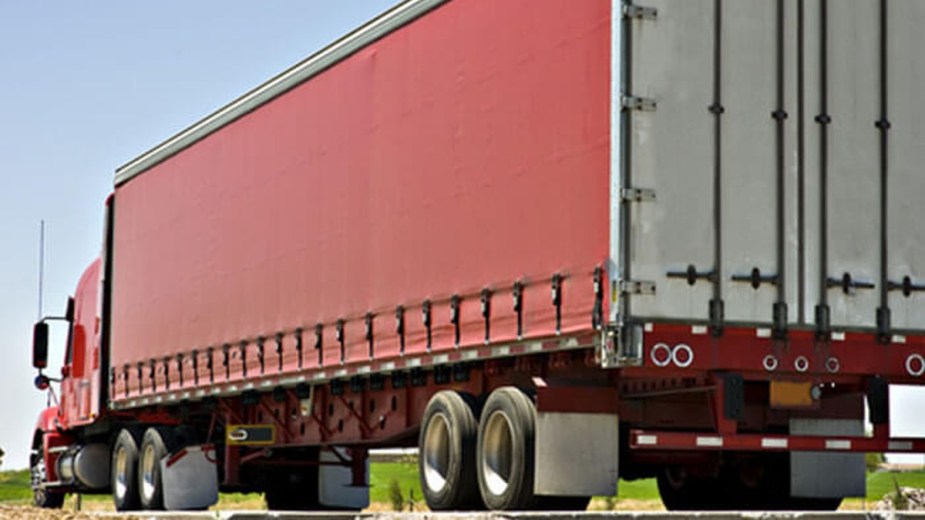
Why Do Semi-Trucks Use Diesel Fuel?
Give the trucker next to you “the look, pump your arm up and down, and see if they will honk their horn for you. This is a fun way to pass the time on the road, but another way could be to learn more about semi-trucks. Have you ever wondered why these big rigs use diesel fuel? Let’s answer that question and a few more.
Diesel fuel offers semi-trucks desired efficiency

According to fueleconmy.gov, most of the gasoline used in a traditional vehicle isn’t converted to usable energy. Diesel fuel offers much more useable energy. In fact, while 30% of the gasoline is converted to energy, diesel is typically converted 10 to 15% better than gas. This allows many vehicles to travel up to 30% farther per gallon.
Considering the average semi-truck returns 7 miles per gallon of diesel fuel, efficiency is extremely important in these big trucks.
Is modern diesel fuel in semi-trucks more environmentally friendly than before?
Yes, the EPA found ways to reduce sulfur levels in diesel fuel making it better for the environment. The diesel engines in passenger trucks and 18-wheelers that we see on the road today are far less harmful to the environment than those driven many years ago. Semi-truck diesel fuel is now regulated to be much cleaner than before. The difference is extraordinary. Before 2006, diesel contained more than 5,000 parts per million (ppm) of sulfur, but the diesel used today is regulated to have no more than 15 ppm of sulfur.
Isn’t idling bad for 18-wheelers? Why do truckers idle their trucks overnight?

Idling is bad for any vehicle. Most engines are designed to work best when moving. Surely, you’ve noticed a line of semis at a truck stop with the engines running. This usually happens when the driver has completed their hours for the day and needs to rest. Unfortunately, operating many creature comforts in a semi-truck requires the engine running.
For every one hour an 18-wheeler idles, one gallon of diesel fuel is burned. What’s worse, the fuel isn’t completely burned, which can lead to engine problems. Idling semis translates to billions of dollars lost annually in the trucking industry.
How many gears do semi-trucks have?

Most standard semis have ten gears, but some can have up to 18. Normal numbers for gears in these big rigs are 10, 13, 15, and 18. These extra gears are necessary to slow the truck and speed it up when hauling a heavy load.
How much room does an 18-wheeler need to make a U-turn?
The average tractor-trailer is between 70 and 75 feet long. This length requires 55 feet to make a safe U-turn. Unfortunately, most US highways are only 12 feet wide, so a semi can’t make the U-turn safely or legally. If you see a trucker trying to complete a U-turn, remember how much space is required and get out of the way.
Do mud flaps improve the efficiency of a semi-truck?

The mud flaps on semi-trucks can be interesting to see. Some trucks put a little personality into these items with cartoon characters or fun sayings, but these items have a purpose. Not only do the mud flaps on an 18-wheeler improve efficiency, but they also offer greater safety.
The mud flaps on a semi are designed to improve airflow, reduce water spray from rain, and decrease drag. These factors all improve fuel efficiency. Mud flaps also protect other vehicles from mud or debris that can fly off the tires.

Now you know a little more about the semi-trucks on the roads beside you. Pump that arm and see if your friendly trucker will give you the honk you want to make your ride more enjoyable.
Next, find out if the GMC Hummer EV is actually environmentally friendly, or learn why semi-trucks use the type of engine they do in the video below:



